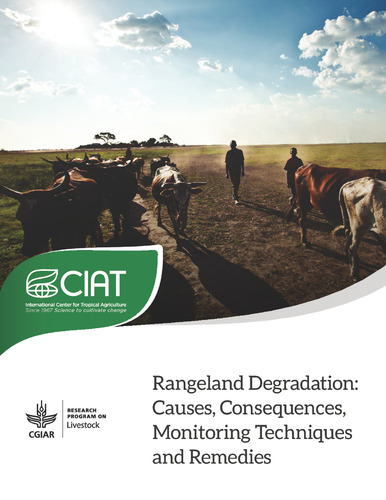Rangeland Degradation: Causes, Consequences, Monitoring Techniques and Remedies
Rangelands occupy 25% of the total land surface globally. In Africa, rangelands are estimated to cover 66% of the land surface, although there are variations from country to country. In Eastern Africa, for example, land surface coverage of rangeland areas varies from 44% in Uganda and 65% in Ethiopia to 74% in Tanzania and over 80% in Kenya. Rangelands have environmental, social and economic benefits, including support to national economies through tourism and employment.
In Kenya, tourism, much of which is attributed to rangelands, accounts for 13% of the gross domestic product. In Tanzania, tourism contributed 9.0% of the total GDP, supporting 26% of total exports, 8.2% of the total employment, and 8.7% of total investment in the year 2017. Despite their benefits, rangelands are under threat of continued degradation driven by anthropogenic and natural causes. Natural causes of rangeland degradation include climate change and variabilities, aridity and desertification, drought, as well as alien species invasion. Anthropogenic rangeland degradation can manifest through agricultural activities and associated developmental practices, overstocking and overgrazing, as well as breakdown of social structures and government policies/by-laws.
Continuous overgrazing and overstocking not only affect soil physical (compaction, breakdown of aggregates) but also chemical (soil pH and salinization, nutrient leaching, diminishing organic matter content), and biological properties. These decrease rangeland production potentials. However, numerous strategies to arrest and remedy rangeland degradation, such as rangeland re-vegetation, water harvesting, soil surface scarification, and livestock grazing management are available. This report addresses rangeland degradation and potential control measures with a strong focus on soil aspects.

